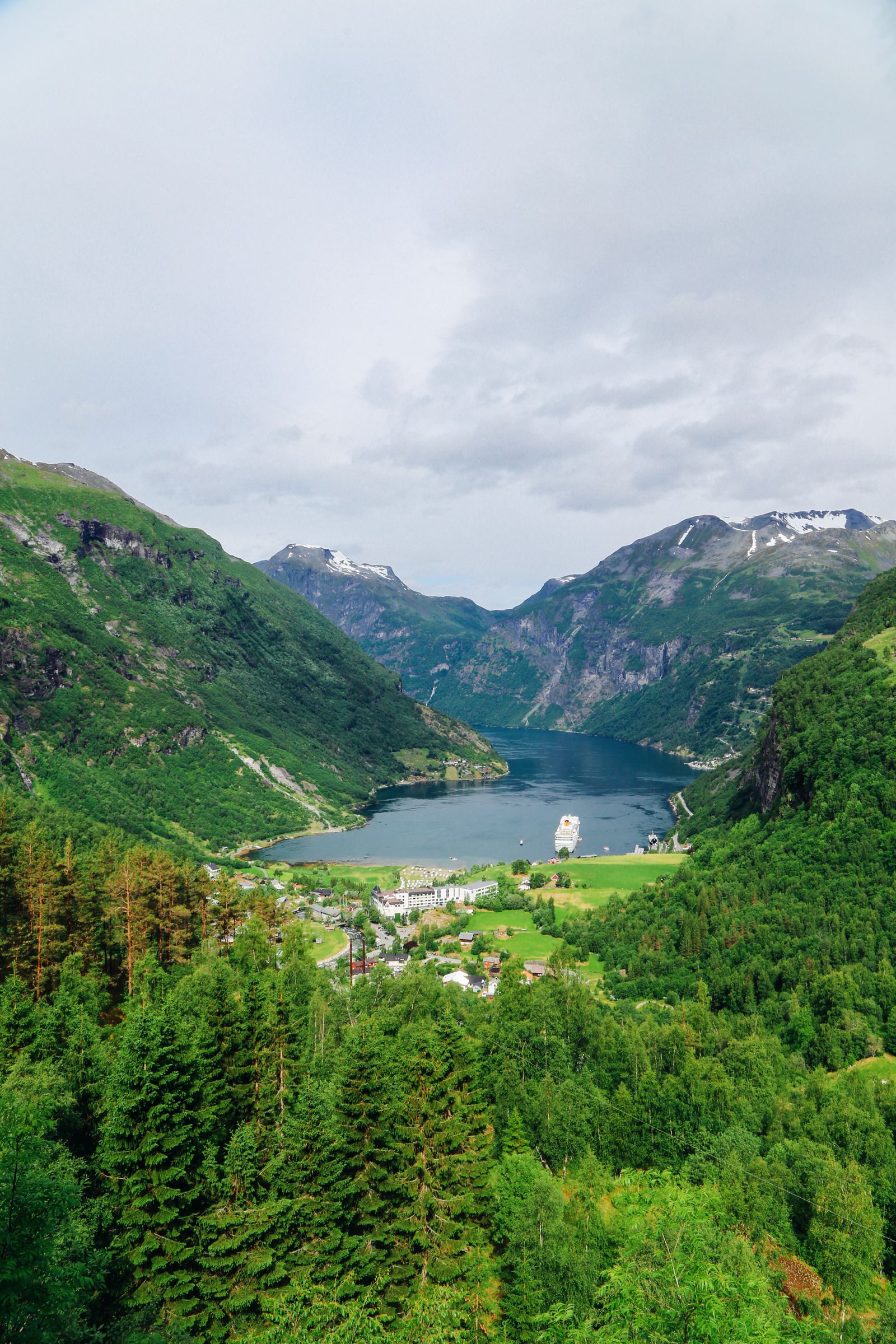The Jurassic Coast is one of Englands UNESCO World Heritage Sites that’s perched on the south coast of Great Britain. What makes this area so special is the fact that you can go fossil hunting and explore the incredible landscapes of the Jurassic Coast.


The whole region is so beautiful to see, with the likes of Old Harry Rocks, Durdle Door and the stunning cliffs making this a really special place to visit. Best of all, it won’t cost you a penny for entry to these gorgeous sites… though, car parking is chargeable. All in all, this makes it a really great spot to visit if you’re keeping a clutch on your finances or even if your splurging. You’ll have the best time fossil hunting on the Jurassic Coast. 🦖
Read more on how to go fossil hunting on the Jurassic Coast. 🏴
Where to go fossil hunting in England
First things first, you need to get yourself to the Jurassic Coast. It’s a 96-mile stretch of coast the starts near Orcombe Point all the way to Old Harry Rocks.
How to get to the Jurassic Coast?
This is about a 2.5-hour drive from Central London or by direct train from London Waterloo Station. You can easily take the train from other UK towns and cities too, you just might need to change trains if your journey is further afield.
To be honest, we found it much easier to explore the area by car as it gives you much more freedom to explore. As with any rural spot, public transport doesn’t always stop at each place you’d like to see. If it does, great but be prepared to drive if you really want an in-depth exploration of the area.


Also, one of the best places to go fossil hunting within the Jurassic Coast is Charmouth Beach. Here, there are loads of opportunities to scour the beach for some ( of the millions of year old) fossils.
Why is the Jurassic Coast so special?
Without turning into my geography teacher from school, the Jurassic Coast is a super special area of England that’s very unique. Made up of Triassic, Jurassic and Cretaceous sediment and shores, it’s a great spot to see almost 200-million years of history in one place. Making it all very special to see and to go fossil hunting.
Do you need a guide for Fossil Hunting?



No, but it really does help. Before we visited (even though I was so excited and totally geeked out, I didn’t have the foggiest idea on how to spot fossils on a beach. We decided to go with Martin at Jurassic Coast Guides who quickly brought us up to speed on how to spot, see and discover fossils whilst on the beach.
To be honest, I first thought I’d just rock up and scour the beach. Let me tell you, without a guide, I’m almost certain I’d have found nothing. After our little lesson with Martin (just on the beach) we headed straight out to explore.
What fossils should you look out for?
So this is where the fun starts with fossil hunting. There are so many different fossils to spot. Some are tiny little fossils, whilst some people have found actual dinosaur bones, too! Now, the latter is very rare to find on a trip but you’ll likely discover some ammonites, belemnites and crinoids (the A,B,C’s of fossils) on the beach itself.
One of the best tips I have for you is to keep a sharp eye for the distinctive shapes of the fossils. There’s no hard and fast rule to finding a fossil (other than patience) so just give it some time.
What shouldn’t you do when fossil hunting?
So, whilst on the Jurassic Coast and on spots like Charmouth Beach you must make sure to pay attention to the tides that sweep in and out at certain times of the day. These in themselves can be very dangerous and you should always make sure you’re walking along the right part of the beach at the safest time.
Also, try and steer clear of below the cliffs, too. These are totally natural, meaning landslides and rock falls do happen. It’s best to give the perimeter of the cliffs a wide berth for that reason.
When fossil hunting, you are not permitted to dig or excavate for fossils on the beach or cliffs. That being said, If you find one on the beach itself (without digging) it’s yours to keep. Well, unless it’s like a whopping T-Rex when I assume the government might want it!
How much does it cost?
Searching for fossils is totally free! Though, you will need some loose change to pay for parking at the beaches. Obviously, if you plan to take a guide, this will be an additional cost that varies on group/private walks. Check in with the team at Jurassic Coast Guides to get the most up-to-date pricing.
Who should visit?
Everyone!
What else is there to do around the Jurassic Coast?
The whole of the Jurassic Coast is so stunning to see. Whilst in the area, make sure to visit Old Harry Rocks, Corfe Castle, Durdle Door and West Bay with its towering cliffs!



For a great place to stay, check into the HIX Townhouse in Lyme Regis and pop into The Pig On The Beach near Old Harry Rocks. They have the best food (which you can see more of in our post, here).


Read more on some of the best places to visit in England, below
Check Out The Very Best Of Great Britain!




























